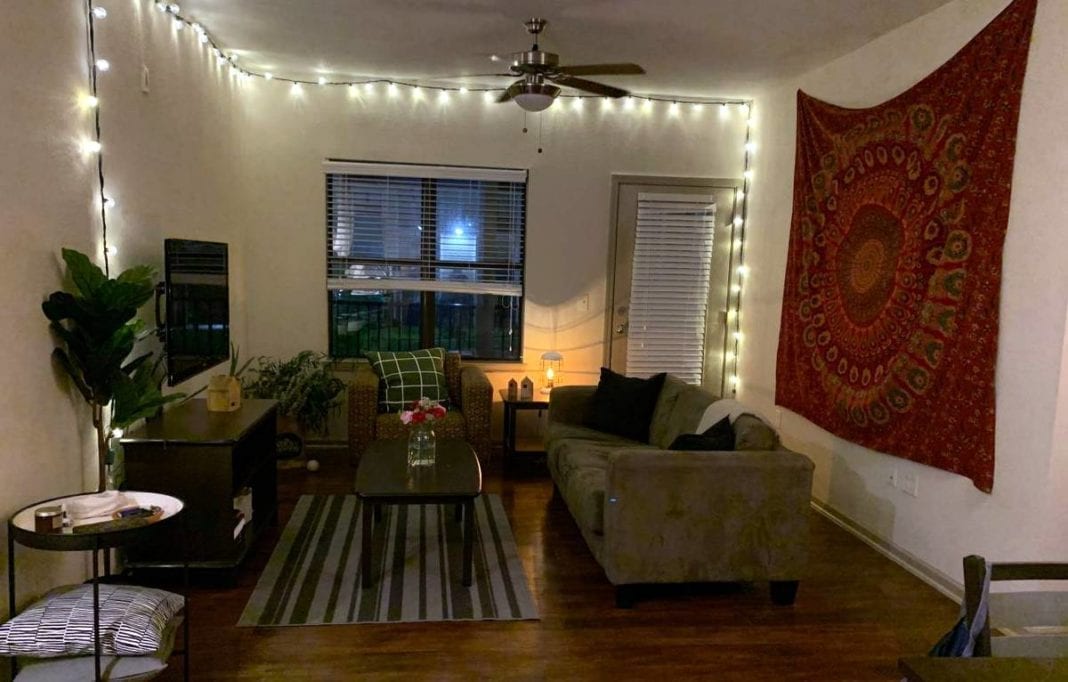Many North Wheeling buildings are a step closer to being listed on the National Register of Historic Places, and development officials have found several buildings in a new district survey that were older than they had expected.
The Wheeling National Heritage Area, in Wheeling, West Virginia, is now accepting bids for a third and final phase of an assessment project that will add new properties to the North Wheeling historic district, according to Betsy Sweeny, historic-preservation project manager for the heritage area.
The project came from a desire to identify pre-Civil War era homes originally omitted from the historic district—an initiative supported by the Wheeling National Heritage Area, the Wheeling Historic Landmarks Commission, and the W.Va. State Historic Preservation Office.
“It's amazing how many antebellum homes have been realized through this survey. These properties absolutely deserve to be recognized,” Sweeny said.
The first and second phase findings, completed by Eastern Michigan University’s Historic Preservation Program, showed that a significant number of historic and antebellum homes existed outside of the current North Wheeling Historic District boundary.
Three additional buildings surveyed date to at least 1818, Sweeny said. Before this survey, it was thought that the oldest still-standing home in Wheeling was built in 1831.
These surprising results have indicated a need for further study. This final survey phase will collect the last pieces of information needed so that a district expansion can be pursued in the future.
“The need to extend and expand this project speaks to the significance of the properties in North Wheeling,” Sweeny said.
“It’s incredible how much of the historic fabric of that neighborhood survives.”
Sweeny expects Phase III to begin soon, with a completion date of Fall 2019. Both Phase I, II, and III are partially funded by the West Virginia Historic Preservation Office’s Survey and Planning Grants.
Sign up to receive a FREE copy of West Virginia Explorer Magazine in your email weekly. Sign me up!


